As it prepares for its second Solar Decathlon, the team representing Ohio State University is building a house whose design emphasizes passive features — a superinsulated, airtight shell and triple-glazed windows — and then brings the building’s operation to net-zero energy with a photovoltaic array and a solar hot water system. The name of the project — enCORE — is a reflection of the design approach, as well as the fact that Ohio State competed a previous Solar Decathlon competition in 2009. The central core of the house is where its mechanical and plumbing systems reside, and that core anchors the rest of the flexible layout layered around it. Storage space, the bathroom, and the kitchen are clustered close to the mechanical room, with a den and open living room configured at one end of the layout and two bedrooms at the other. The enCORE team condensed the mechanical and storage areas as much as was practical to make the 1,000-sq.-ft. home, which is designed to accommodate a family of three, feel spacious and comfortable.
Live at the International Builder’s Show
Steve Winter, the team’s architecture advisor, told Fine Homebuilding that while the house will produce its own electricity and heat its water via solar technology, the building’s energy efficiency derives mainly from its superinsulation, airtightness, and other passive features such as solar orientation, shading, and cross-ventilation. A strategy for portability Shading is provided by enCORE’s final, outer layer: a system of adjustable, diaphanous screens that shield the exterior walls (and make the building appear bigger) while they enhance the building’s overall performance and appearance. “The exterior of the house itself is supposed to feel really light, transparent in places, so you can get these notions of how the house is formed beneath the exterior façade,” Winter said. Grouping the mechanical systems in the center of the house, he added, allowed the team to not only house the hardware and pipes compactly but also assemble and dissemble the house more easily. “The logistical complexity of this project, and the fact that we have to take them apart and ship them” made a compelling argument for locating the mechanical room where it is, he said. “When you build these houses on a permanent site, it’s nice to have a central core as well, but it really helps us in transporting the project.” The thermal resistance of enCORE’s floor is designed to be R-55; the exterior walls, R-41; and the roof, R-65. Matthew O’Kelly, an enCORE project engineer, told GBA that the team is aiming for close to Passivhaus performance with off-the-shelf insulation products and American-made windows, and that construction costs are expected to be slightly less than or equal to $300,000.
Follow Ohio State
Get the Team enCore : Blogs | solardecathlon.osu.edu widget and many other great free widgets at Widgetbox! Not seeing a widget? (More info)
Building breadth of knowledge O’Kelly pointed out that, in keeping with Solar Decathlon rules, all contest entries, including enCORE, are ADA-compliant. He also noted that, like many other Decathlon entries, enCORE features a flat roof (and a separate structure for photovoltaic panels) that plays into the building’s contemporary design aesthetic and makes shipping the house easier, especially given the 12-to-13-ft. bridge clearances encountered on many routes to Washington. The range of contest requirements and team-member responsibilities, O’Kelly added, makes Decathlon participation an exceptionally rich learning experience. “HVAC and building science are not necessarily subjects that are widely taught anymore,” he wrote in a recent email. “If not for this project I don’t know that I would have been exposed to either of these disciplines. Experience is valuable, and eventually we will need a new generation of engineers to take on these challenges. Solar Decathlon (realistic in nature or not) prepares engineers and architects to solve these problems in a multidisciplinary, hands-on environment. That alone makes this project worthwhile.” The current post-Decathlon plan for enCORE is to ship it to Columbus, Ohio, where land formerly used for industrial purposes is being repurposed for residential communities and common spaces. If a suitable site can be found, the house will fulfill its intended end-user role as a home for a couple or family of three.
For an overview of the Solar Decathlon teams, see GBA’s 2011 Solar Decathlon Resource Guide
Weekly Newsletter
Get building science and energy efficiency advice, plus special offers, in your inbox.

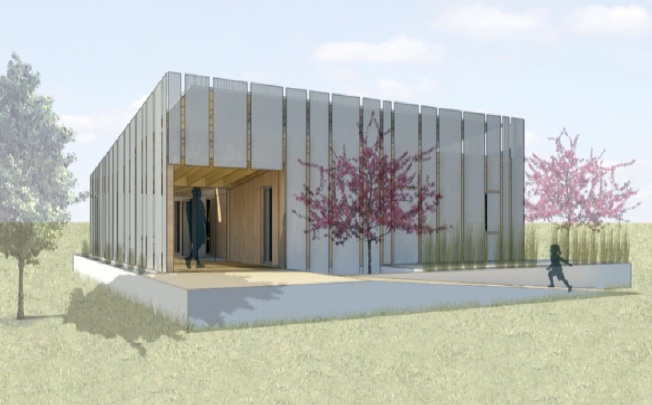




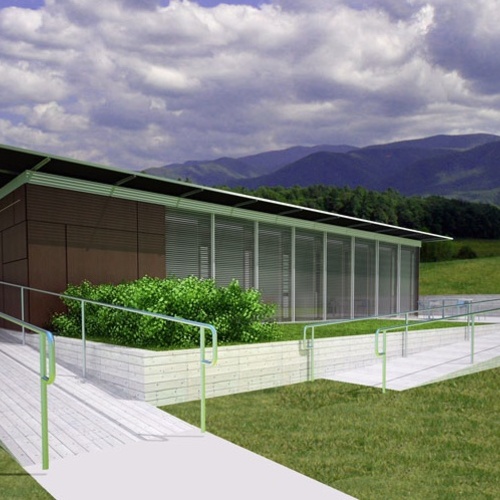
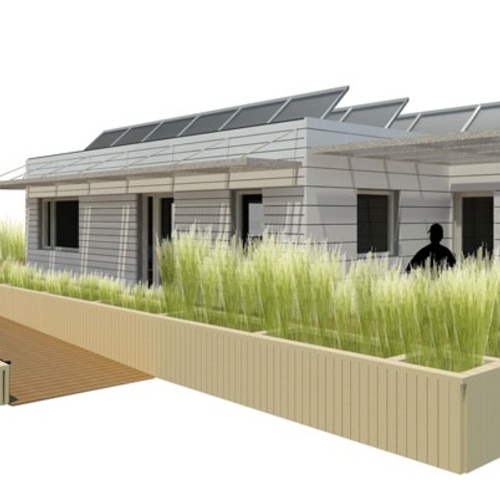
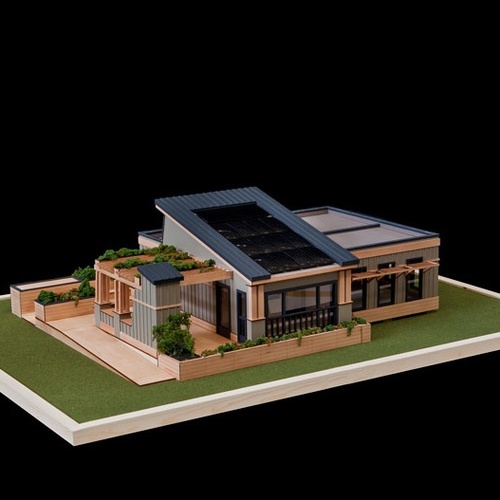
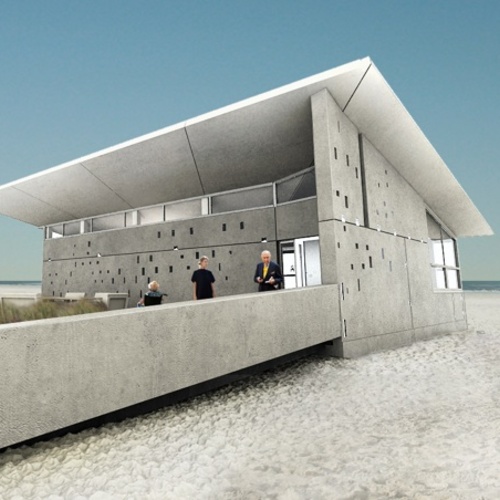






3 Comments
Solar Decathlon
Most of the designs I have seen violate my own building priorities which are, that every bedroom should have it own, if small, bathroom and ample closet space, plus a half bath somewhere near the rest of the main spaces. I am comfortable with the living room and kitchen as one great room but many people I talk to want the cooking space to be seperate from the rest for odor and vapor fallout.
Construction costs at $300,000?
Construction costs plus land prices will keep this design out of the reach of most families regardless of its energy efficient functions.
building science education
I hope Matthew O'Kelly's comment about building science and HVAC not being subjects that are widely taught anymore is in error, or a reflection of the particular program he is in. Back in architecture school in the '80s we spent a good deal of time in "Environmental Technology" and "Methods and Materials" classes, and I think the information on building science has come a long way since then, and is more important than ever.
Log in or create an account to post a comment.
Sign up Log in